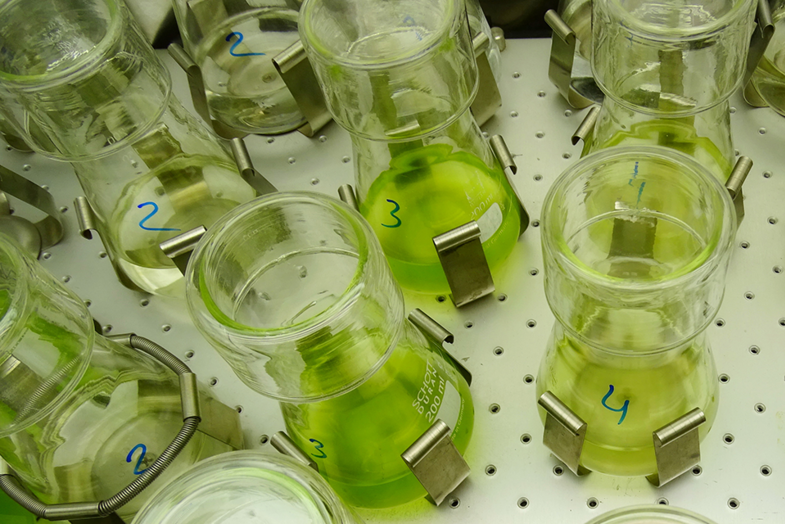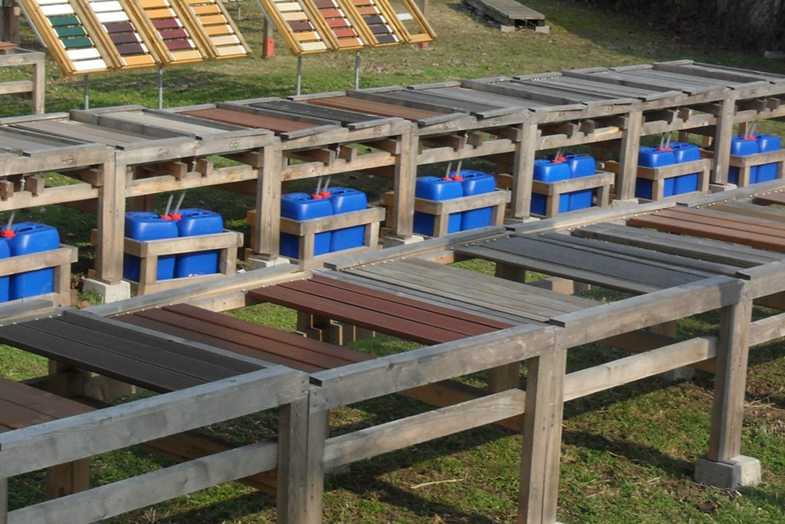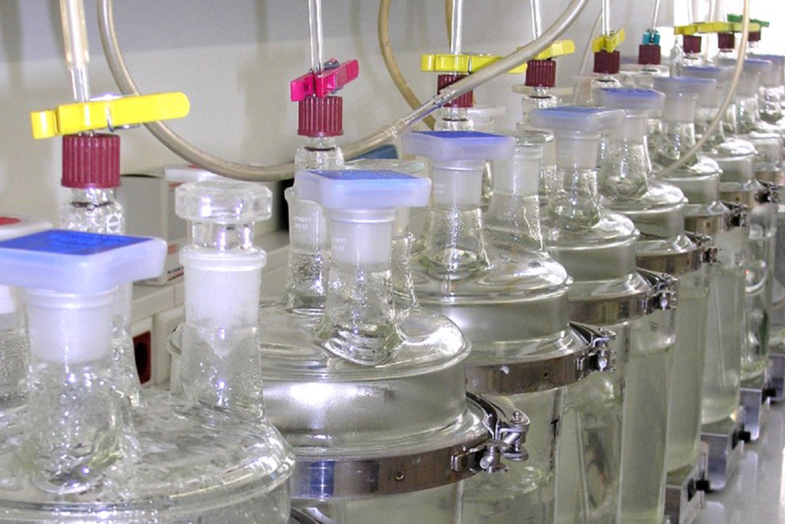Ecotoxicological methods are used when the question arises whether substances that can be washed out of materials by rain or drain water are environmentally relevant. We investigate the environmental impact of waste water and specific substances in aquatic systems. We also conduct studies on the biodegradability of substances and products. Our tests regarding the ecotoxicological properties serve to clarify a possible environmental relevance or can support approval procedures.
The paper and pulp industry traditionally uses numerous substances (e.g. complexing agents) whose properties we investigate and which make it possible to carry out an assessment of the ecological relevance.
If it is necessary to classify waste according to Regulation (EU) 2017/997 in ecotoxicological terms, our biotests, which we carry out with daphnia, algae and luminous bacteria, are frequently requested.
Constructional timber and other outdoor materials must be protected against microbial contamination. In the course of the environmental assessment, questions of the ecotoxicological relevance of rain and waste water are of great interest. Exposure elements (NT Build 509 decking, wood, footbridges) are used to obtain eluates that can be examined ecotoxicologically and subsequently provide support for the assessment of an environmental risk. Outdoor leaching can also be supplemented or supported in advance by laboratory leaching.
Guidelines
- Water quality - Freshwater algae growth inhibition test with unicellular green algae: ÖNORM EN ISO 8692 (accredited)
- Water quality – Determination of the inhibition of the mobility of Daphnia magna Straus, acute toxicity test: ÖNORM EN ISO 6341(accredited)
- Water quality – Determination of the inhibitory effect of water samples on the light emission of Vibrio fischeri (luminous bacteria test): ÖNORM EN ISO 11348-2 (accredited)
- Water quality – Determination of the "ready", "ultimate" aerobic biodegradability of organic compounds in an aqueous medium: ÖNORM EN ISO 7827
- "Assessment of the hazardous properties HP 14 "ecotoxic" according to Council Regulation (EU) 2017/997 of 8 June 2017"
Download Information sheet HP4 Bestimmung
Kurzinformation zur Bestimmung der Aquatischen Toxizität in Verbindung mit der Verordnung EU 2017/997 (pdf, 670 KB)
Contact persons
Ecotoxicology, paper and pulp

Quality assurance for wood preservatives and leaching processes

Our services
Paper and pulp
We examine complexing agents for the paper industry that are newly positioned on the market with regard to their ecological properties and thus contribute to improving the degradability of bleaching waste water. We also conduct analyses of specific wastewater constituents of the pulp and paper industry with regard to their ecological relevance.
Ecological relevance of wood preservatives and active substances
Eluates, obtained from wash-offs in field and laboratory tests, are tested for their ecotoxicity to algae, luminous bacteria and daphnia by means of accredited tests and serve as the basis for approvals within the scope of BPV (EU 528/2012).
Assessment of the hazardous properties HP 14 "ecotoxic"
Using bioassays in accordance with Council Regulation (EU) 2017/997 of 8 June 2017, we carry out the tests to classify whether a waste is ecotoxic or not.
Ecological relevance of wood species and building materials
Wood and other materials that are used in, around or above water (terraces, footbridges, ponds, biotopes, wooden pools, etc.) are tested in laboratory and field trials for their ecological relevance to algae, luminous bacteria and daphnia.
Wash-offs from components
We investigate the ecotoxicological potential of wash-offs from facades, sawn timber, and other components.



















